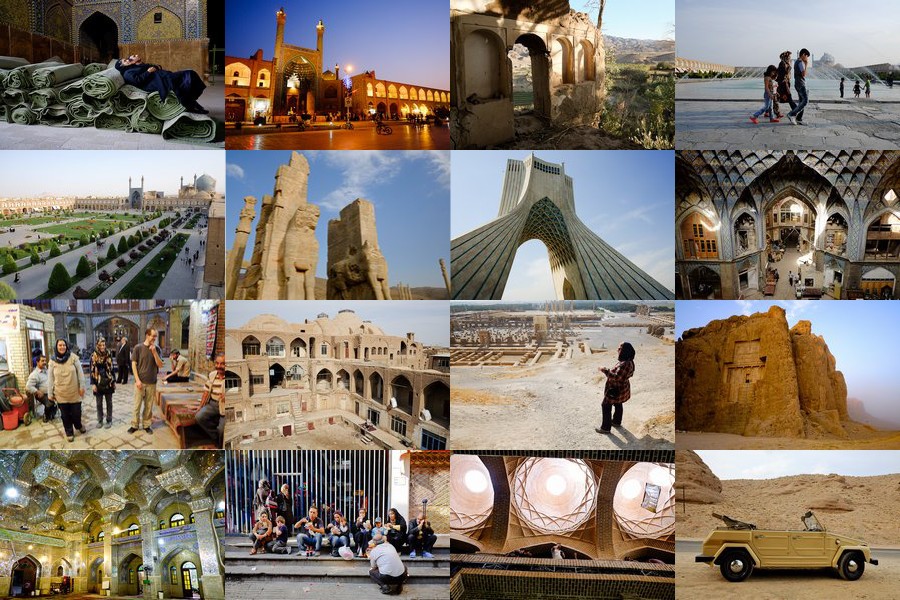Iran (Persian: ايران) is a large country within the Greater Middle East and is part of the South-Central AsianUnion, between the Gulf of Oman, the Persian Gulf, and the Caspian Sea. It is bordered by Iraq to the west, Turkey, Azerbaijan’s Naxcivan enclave, Armenia, and Azerbaijan to the northwest, Turkmenistan to the northeast, Afghanistan and Pakistan to the east.
Understand
Known as Persia until 1935 in the western world, whereas the indigenous name has been Iran forever. Iran became an Islamic republic in 1979 after the ruling Shah was forced into exile. Conservative clerical forces subsequently crushed Westernisation and also any liberal or left-wing influences. Key current issues affecting the country include the pace of accepting outside modernising influences, reconciliation between clerical control of the regime and popular participation in government, and widespread demands for reform. Inflation and unemployment (particularly among youth) are major economic challenges.
People
Humans have inhabited the area that makes up modern Iran since the Stone Age. The ancient Persians arrived about 1500 BC, one branch of the great movement of people that also brought northern India and most of Europe their modern populations. The name Iran is from the same root as “Aryan” which, until Hitler perverted it, was just an ancient name for those arriving peoples. Persian (natively known as Farsi) is an Indo-European language; ancient Persian was related to Sanskrit, ancient Greek, and all the others in that family. Persians are the major ethnic group of Iran and make up 60% of the Iranian population. They are ethnically and linguistically unrelated to Arabs.
Nomads
Iran is a multi-ethnic and multicultural country. The northwestern region, Azerbaijan, is largely populated by Iranian Azeris, who are a Turkic people closely related to the people of Azerbaijan republic and Turkey. The province of Kurdistan is mainly inhabited by ethnic Kurds who are related to Persians. There are also Armenians, Arabs, Lurs, Turkmens, Georgians, Assyrians, and last but not least Jews, who have been living in Iran peacefully for years.
People wearing Iran’s flag marching in a rally
While Shia Islam is without a doubt the dominant religion in Iran, there also exists several religious minorities as well. Sunni Islam in Iran travel is mainly practiced by ethnic minorities such as the Arabs, Kurds and Turkmens. Other non-Islamic faiths also exist in smaller numbers, the most notable being Zoroastrianism, Christianity and Judaism, all three of which are recognized as minority religions by the Iranian constitution, and each of these are guaranteed representation in the Iranian parliament (locally known as Majles). As such, despite being an Islamic republic, fire temples, churches and synagogues continue to operate legally in the country. Most Iranian Christians follow Eastern Orthodoxy, and are of Armenian or Georgian ethnicity. Iran also has the largest Jewish population in the Middle East outside Israel. While there are also a significant number of Baha’is in Iran, they are not recognized by the constitution and are instead branded as heretics of Islam, meaning that they continue to be persecuted to this day in spite of being Iran’s numerically largest non-Muslim religion. Some locals practise wedleasing (temporary marriage) locally known as nikah mut’ah or sigheh.

Comment (0)